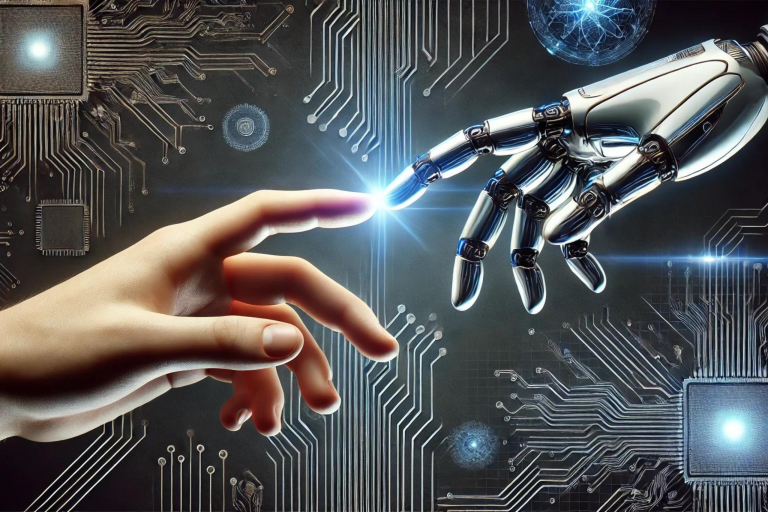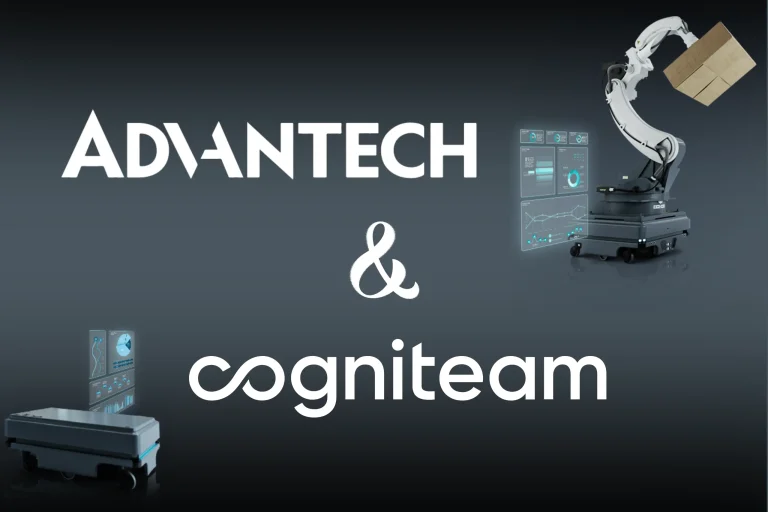As organizations increasingly rely on these robotic fleets, the need for effective monitoring and management becomes paramount. However, the unique requirements of robotic systems, in comparison to generic cloud-based monitoring solutions for IoT devices or computer networks, necessitate specialized tools. In this blog post, we will delve into these distinctive requirements, the compelling reasons to opt for tailored cloud-based monitoring solutions, and the specific challenges facing cloud-based monitoring for robotic systems.
Specialized Views
Robots are not your typical data sources. They require specialized views that overlay sensory output, such as LiDAR and Point Cloud, over maps generated by Simultaneous Localization and Mapping (SLAM) processes. These views provide critical insights into a robot’s spatial awareness and surroundings, which are essential for safe and efficient operation. In addition to spatial data, robotic monitoring solutions must also display camera views, internal states, and other unique metrics like battery levels and motor temperatures. This multifaceted data presentation goes far beyond the generic charts offered by conventional cloud monitoring systems, which are designed for more straightforward data streams.
Overcoming Challenges with Tailored Solutions
Robotic systems come with their own set of challenges that demand tailored monitoring solutions. These challenges include:
Challenge 1: Data Extraction Variety
Robotic systems can be as diverse as the tasks they perform. Each robot may have distinct sensors, data formats, and interfaces for data extraction. A generic monitoring solution may lack the flexibility required to seamlessly integrate with the myriad data sources, making it imperative to have a tailored monitoring system that can adapt to the specific data extraction needs of each robot in your fleet.

Fig 1: searching for ROS / Cogniteam Platform Streams to add to the Monitoring page of your robots in the Cogniteam Platform.
Challenge 2: Non-interfering Data Streaming
Data extraction and streaming should not interfere with a robot’s core tasks. Robots rely on their computational resources to navigate, manipulate objects, or perform complex functions. A tailored cloud-based monitoring system must be designed to minimize the computational overhead on the robot, ensuring data extraction and streaming have a negligible impact on its performance.
Challenge 3: Scalability
The demand for robotics in various industries is rapidly growing, leading to larger fleets of robots. Each robot might require multiple viewers to access monitored data simultaneously. To meet these scaling requirements, a tailored cloud-based monitoring system should be able to accommodate an increasing number of robots and viewers efficiently. It should ensure that all viewers can access the monitored data without significant delays.
Challenge 4: Low Latency for Cloud Decision-Making
Robotic systems increasingly rely on cloud-based decision-making processes and management systems. Therefore, the latency between data capture and its availability in the cloud is critical. A tailored monitoring system is designed to minimize latency, ensuring that the data is readily available for cloud-based decision-making processes. This low latency is crucial for real-time task execution and timely response to changing conditions.
Challenge 5: Customized Views and Layouts
The data monitored by robotic systems serves various stakeholders, not only human operators. Tailored views, as discussed earlier, are essential for providing insights into sensor data, internal states, and camera views. Furthermore, flexibility in layout customization is vital because each operator may have distinct preferences in how they wish to view the data. A tailored monitoring system can offer a range of layout options to accommodate individual operator needs.

Fig 2: Selecting different types of viewers for the different robot streams in the Cogniteam Platform.
Final Thoughts
When considering monitoring solutions for a fleet of robots, it’s vital to recognize the unique demands and challenges that robotics presents. While generic cloud-based monitoring tools have their merits, they are ill-suited for the intricacies of robotic systems. Tailored solutions are purpose-built to address the specific needs of robots, offering specialized views, real-time data processing, edge computing capabilities, and peer-to-peer communication, among other advantages.
Investing in a dedicated robotic monitoring solution is not only a time-saving measure but also a strategic one that will lead to more efficient operations and greater reliability. The success of your robotic fleet hinges on your ability to adapt and leverage the right technology, making tailored cloud-based monitoring solutions a critical component of your robotic ecosystem. Such solutions empower organizations to optimize their robotic operations, enhance safety, and deliver exceptional value in an increasingly automated world.

Fig 3: A Configurable Monitoring Dashboard with dynamic layouts and presets in the Cogniteam Platform.
Cogniteam’s Cloud Platform:
For organizations seeking a comprehensive and tailored solution for cloud-based monitoring in robotics, Cogniteam’s Cloud Platform stands out as an ideal choice.
This specialized platform is designed to address the unique challenges discussed above, making it a perfect fit for managing robotic fleets. With Cogniteam, you get a monitoring system that seamlessly integrates with various data extraction methods, ensuring flexibility and adaptability to diverse robotic systems. It prioritizes non-interfering data streaming to minimize computational overhead on robots, ensuring that their core tasks remain unaffected. Scalability is at the core of the platform’s architecture, allowing it to efficiently accommodate growing fleets with multiple viewers, all without compromising on data accessibility and low latency.
Moreover, Cogniteam’s Cloud Platform offers customized views and layouts, ensuring that the monitored data caters to the specific needs and preferences of individual operators. In essence, Cogniteam’s Cloud Platform is the tailored, all-in-one solution that successfully conquers the challenges of cloud-based monitoring for robotic systems.


